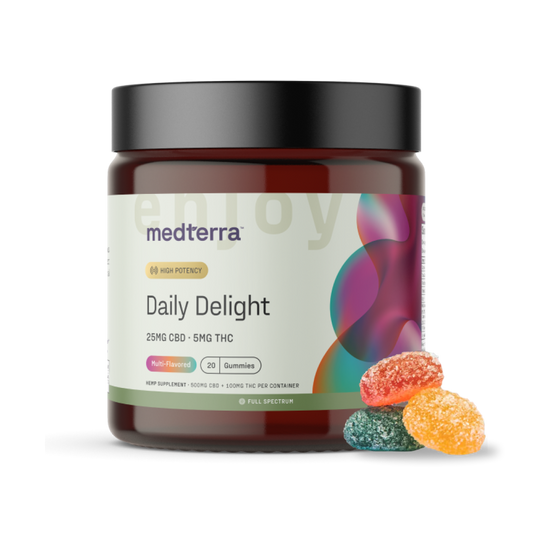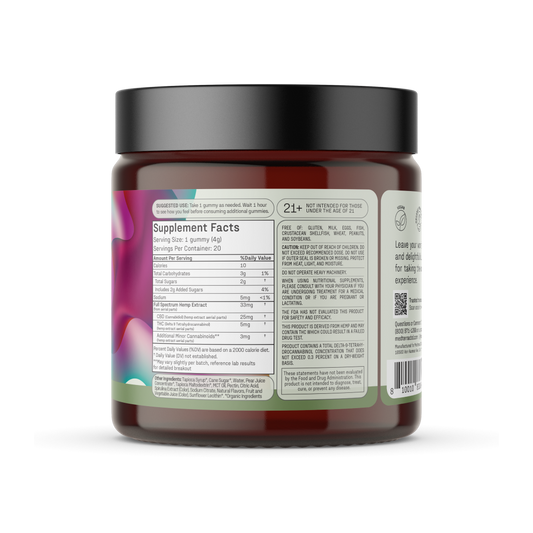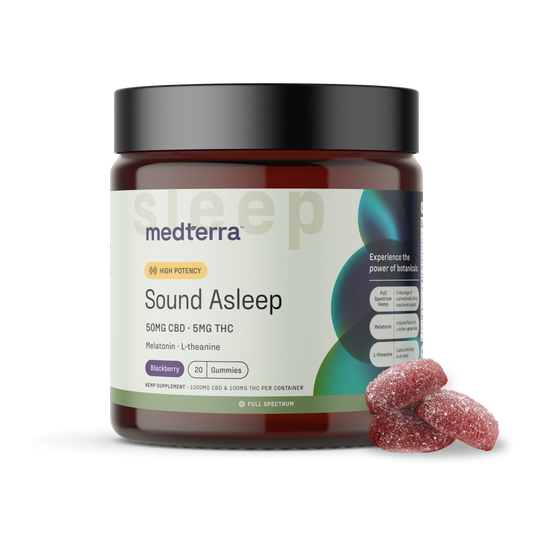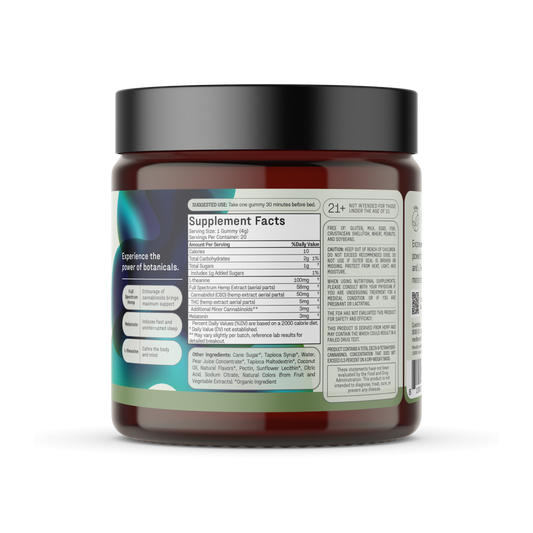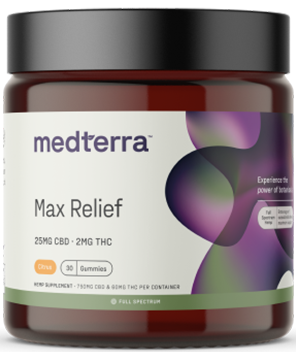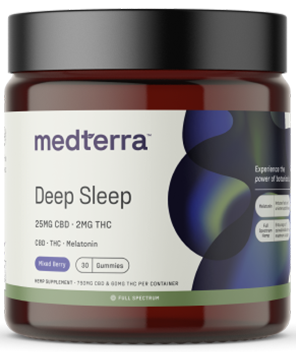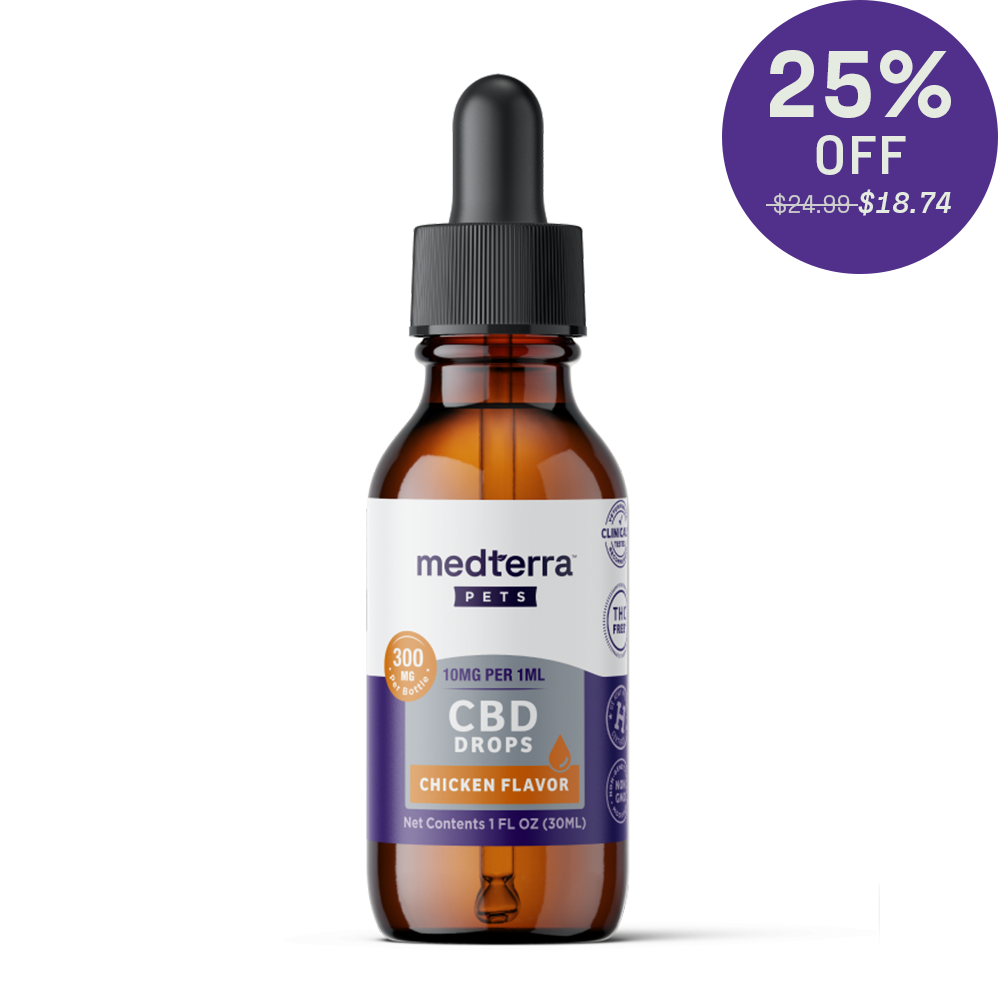- Hemp: one plant, many uses: food, nutrition & skincare
- Hemp seed oil vs. CBD oil
- How to tell the difference between hemp oil and CBD
- How to read ingredient labels
Hemp: one plant, many uses
The hemp plant can be broken up into all sorts of useful things. This includes stalks, leaves, flowers, and, yes — the seeds. The seeds are highly nutritious which is why they’re able to be found at a grocery that may sell health and nutrition items. If they’ve been shelled, they’re usually called “hemp hearts.” Here’s a shortlist of hemp seed oil’s top uses:- Food
- Seasoning
- Cooking oil (low temp only)
- Protein powder
- Natural skincare
- General health supplement



